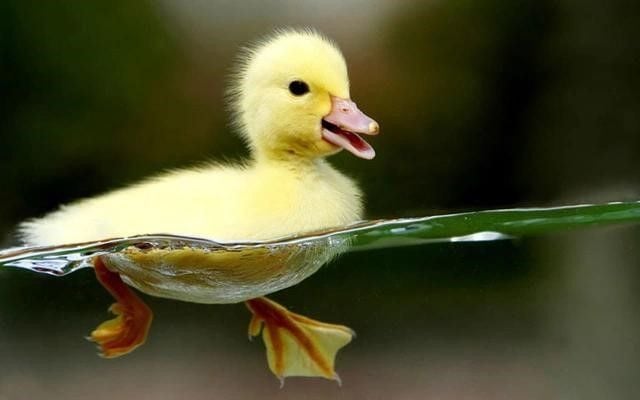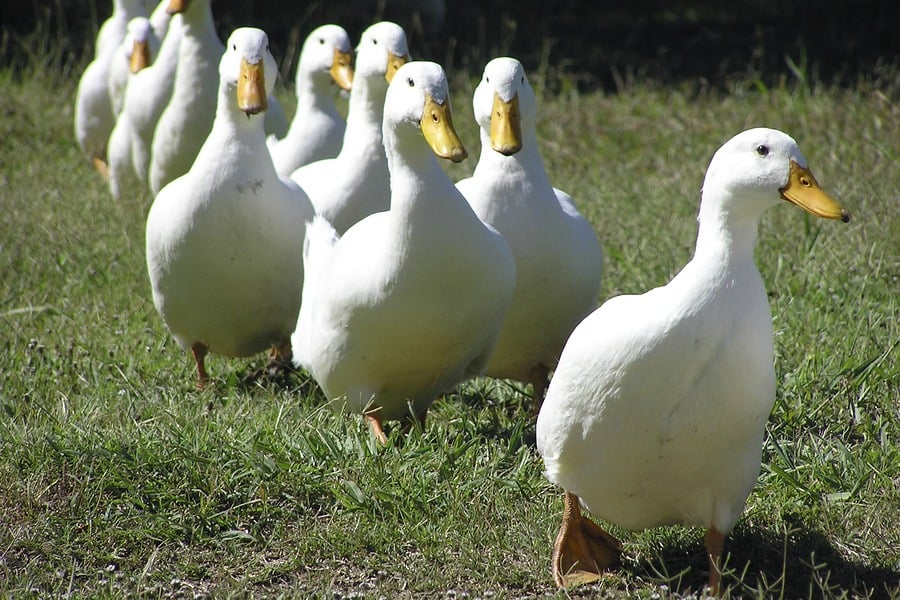While many animals panic or seek shelter during storms, ducks seem utterly unperturbed, even going about their business of swimming and foraging in harsh weather. What makes these waterfowl so nonchalant in the face of heavy rain? The answer lies in their unique biology and adaptive instincts.
Water-resistant Feathers – Nature’s Raincoat
One of the key reasons ducks fear no storm is their distinctive plumage. Unlike many other birds, duck feathers are coated with a natural water-repellent oil. This oil is secreted from glands near the base of their tails, which ducks regularly spread over their feathers with their beaks, creating an effective protective layer.

This coating ensures that their feathers stay dry during downpours or rising water levels, keeping their bodies warm and preventing chill. This enables ducks to move about and remain comfortable in wet environments, regardless of the severity of the weather.
Swimming Specialists in Stormy Weather
Being waterfowl, ducks are inherently designed for aquatic environments. Their webbed feet and streamlined bodies make them exceptionally agile swimmers. While heavy rains may flood the land, ducks view it as an opportunity to frolic freely.
The rain also causes water levels to rise in ponds, lakes, and fields, which are natural feeding grounds for ducks. Their swimming abilities not only facilitate easier access to food but also help them navigate away from hazardous areas during storms.
Rain Brings an Abundance of Food
Unlike terrestrial mammals, ducks typically feed on grass shoots, floating plants, seeds, shrimp, and insects that live in water. Interestingly, after heavy rains, these food sources become even more plentiful, floating on the water’s surface or drifting with the current.
Instead of going hungry during bad weather like many other animals, ducks take advantage of this opportunity to feast. This is one of the reasons ducks don’t fear storms but rather look forward to them.
Safety in Numbers – A Collective Survival Tactic
Ducks have a strong herd mentality. When storms approach, they typically move together as a group, forming a protective cluster. This not only increases their chances of survival against potential dangers but also helps them retain heat in cold weather by sharing body temperature.
Moving as a flock also enables ducks to quickly locate safe havens such as higher ground, lakeside trees, or naturally sheltered areas. This communal habit significantly reduces their risks when facing harsh weather conditions.
Weather-Predicting Abilities and Agile Reflexes
Ducks don’t solely rely on their survival instincts; they can also sense the subtlest changes in weather, including air pressure, wind direction, and earthy scents. Before a storm hits, they can predict the situation and promptly move to safer areas.
In the worst-case scenario, ducks don’t panic but instead exhibit a reflex to move towards water, where their bodies are best equipped to withstand harsh weather.

Nature’s Toughest Fowl
All these characteristics – from their biological structure to their habits and adaptive instincts – contribute to ducks being incredibly resilient in the face of nature’s challenges. Even during floods, ducks can continue their daily activities, foraging, and surviving with minimal impact.
This explains why, in Vietnamese rural areas, farmers confidently release their ducks into the fields during the rainy season, knowing that their flocks will thrive, remain healthy, and grow quickly in these conditions.
Ducks are a testament to the remarkable adaptability of animals to weather fluctuations. With their water-resistant feathers, proficient swimming abilities, communal habits, and strong survival instincts, ducks are virtually impervious to storms – a feat not many animals can match.
So, the next time you see a flock of ducks casually swimming in the rain, remember that it’s a result of millions of years of evolution and a symbol of their enduring survival in the face of nature’s challenges.









